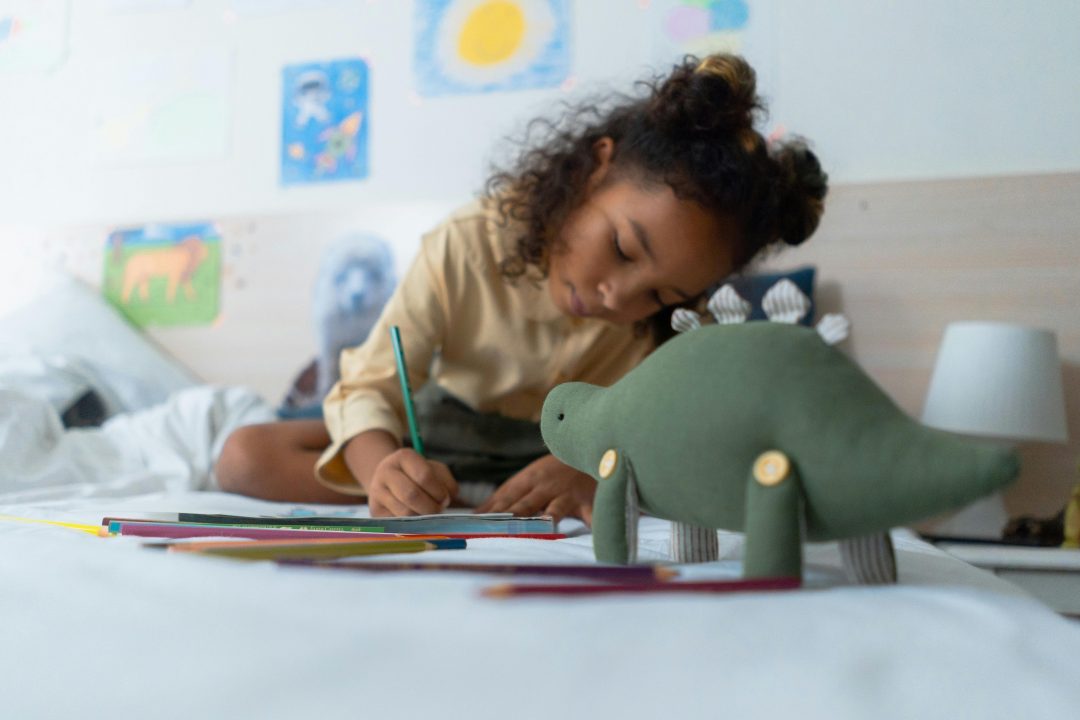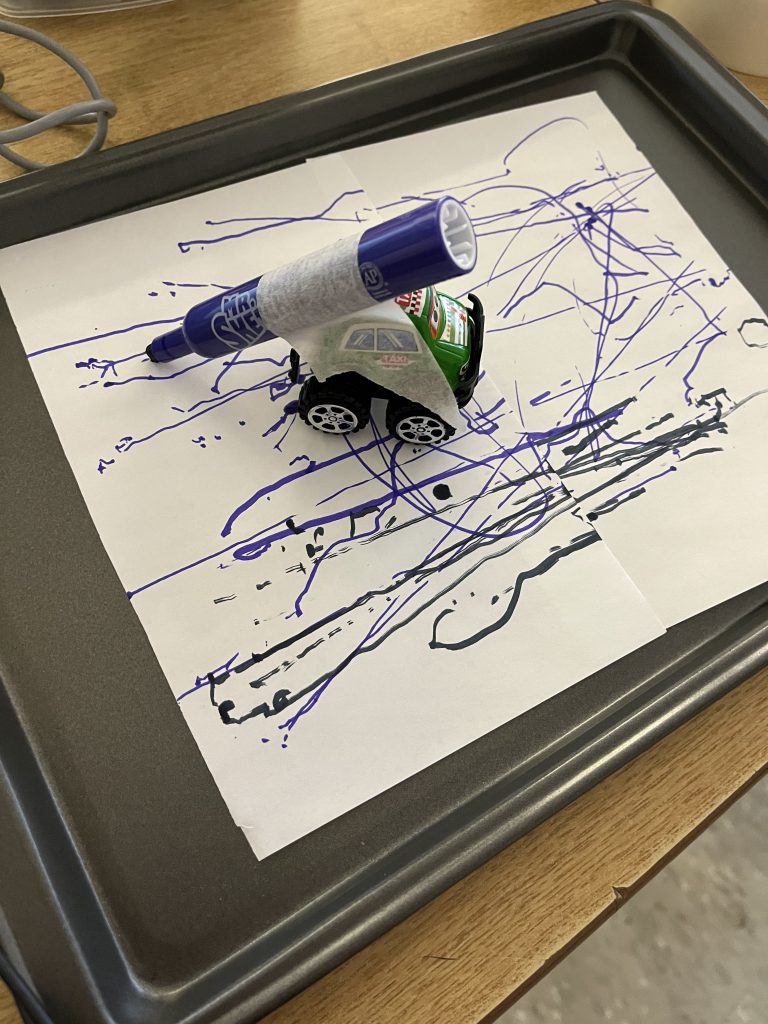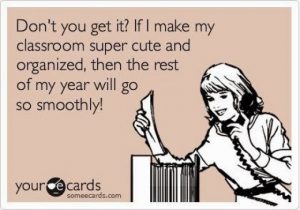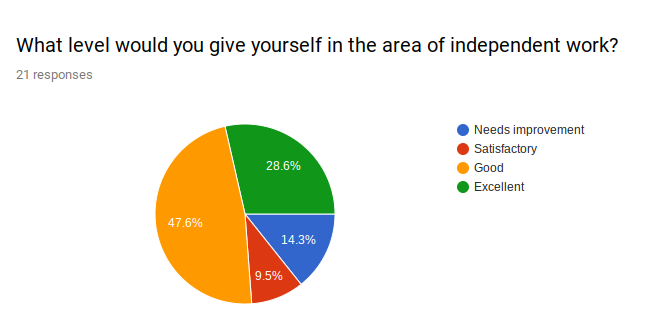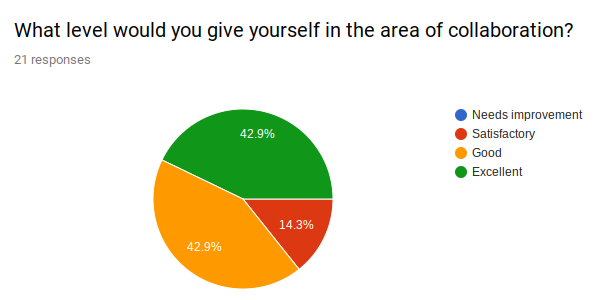In the bustling world of elementary education, where the focus often lies on specific subjects and foundational skills, including cursive writing might seem like a quaint notion. However, delving into the art of beautiful writing from an early age brings forth many benefits.
Alright, picture this: little ones in elementary school getting into the groove of cursive writing. You might think, “Wait, isn’t that more for grown-ups?” Introducing cursive writing to the kiddos early on is like unlocking a treasure trove of skills that go way beyond just pretty handwriting.
Primarily, cursive writing serves as a nuanced exercise in fine motor skill development. The meticulous movements required to craft elegant strokes with a pen or brush contribute significantly to the refinement of hand-eye coordination. As students navigate the intricacies of cursive writing lettering, they concurrently enhance their motor control, laying the groundwork for improved dexterity in various academic and extracurricular activities.
Moreover, cursive writing imparts invaluable lessons in patience and focus. The deliberate and measured approach demanded by the art form instills a sense of meticulousness in young learners. In an era characterized by constant stimuli and distractions, instilling the ability to concentrate on a singular task becomes a transferable skill that can positively impact a student’s overall academic experience.
But it’s not all serious business. Cursive writing is a way for kids to show off their personality. Scribbling becomes an art form, a canvas for expressing feelings and ideas. That creative outlet isn’t just about making pretty letters; it’s about feeling proud of what they create and boosting their confidence.
Within the language arts domain, cursive writing uniquely combines visual and verbal communication. As students engage with this art form, they naturally develop an enhanced appreciation for the aesthetic aspects of language. This heightened sensitivity to the visual nuances of letters and words can elevate their understanding and enthusiasm for written expression, transforming language arts into a more captivating and enjoyable subject.
The advantages of learning cursive writing extend beyond the academic sphere, reaching into the realm of mindfulness and well-being. This art form’s deliberate, meditative nature gives students a serene space to explore creativity. In navigating the rhythmic flow of ink on paper, students can cultivate mindfulness, offering a valuable respite from the frenetic pace of contemporary life.
The integration of cursive writing into elementary education transcends the mere enhancement of penmanship. It represents an investment in the holistic development of students, fostering skills that span from refined motor control and patience to enhanced creativity and an enriched appreciation for language arts. The early introduction of cursive writing catalyzes comprehensive student growth, leaving an enduring impact on their academic journey.

